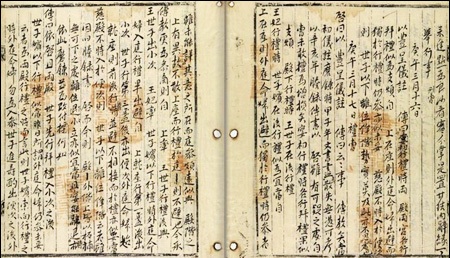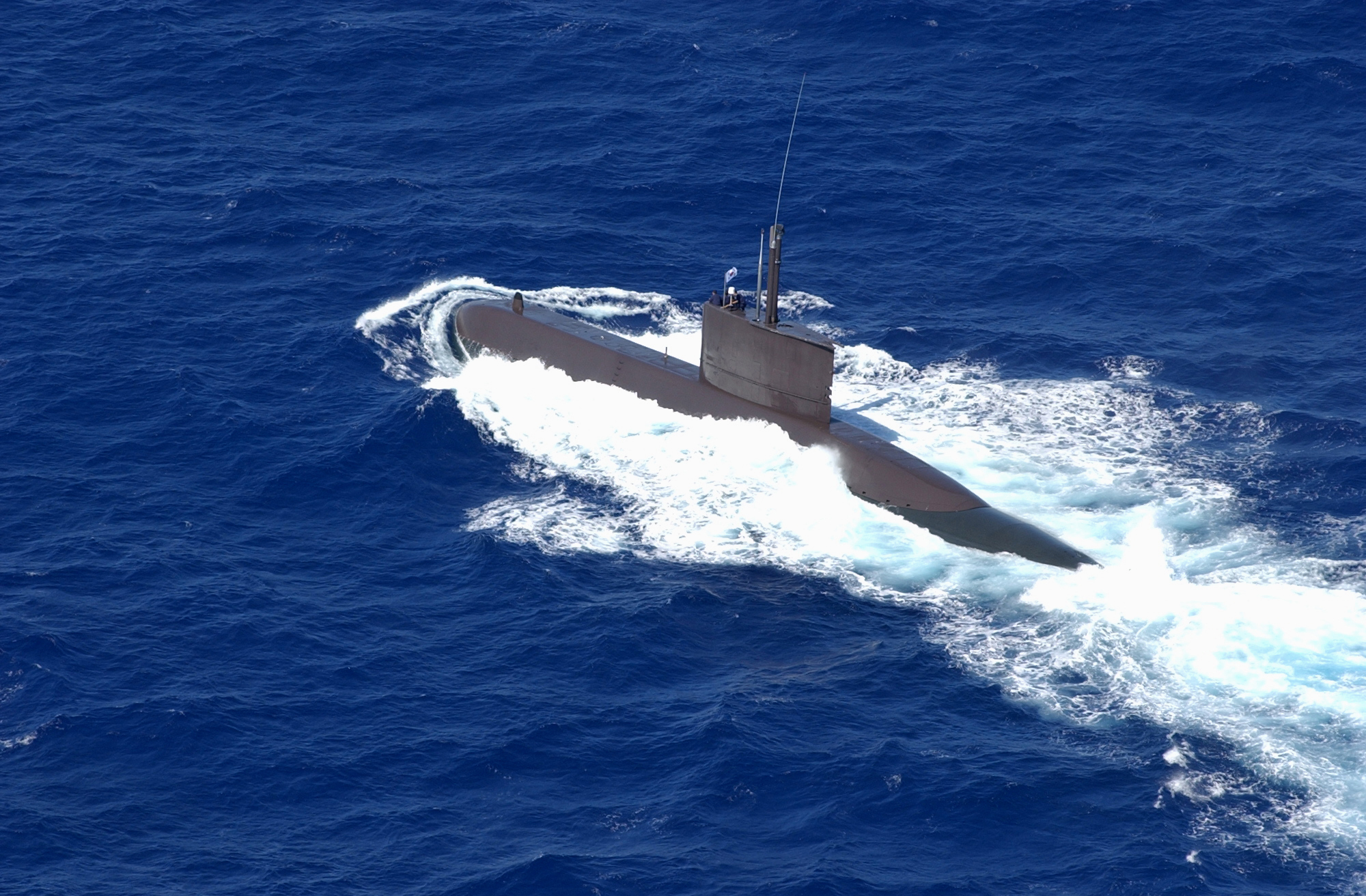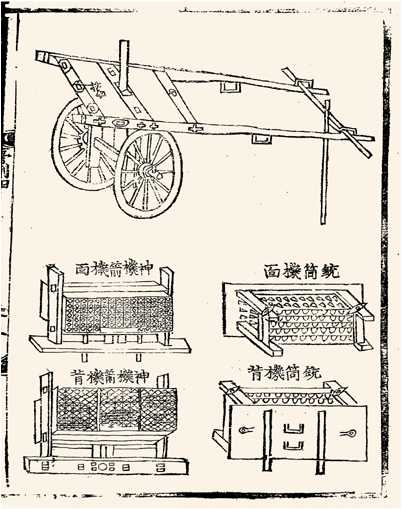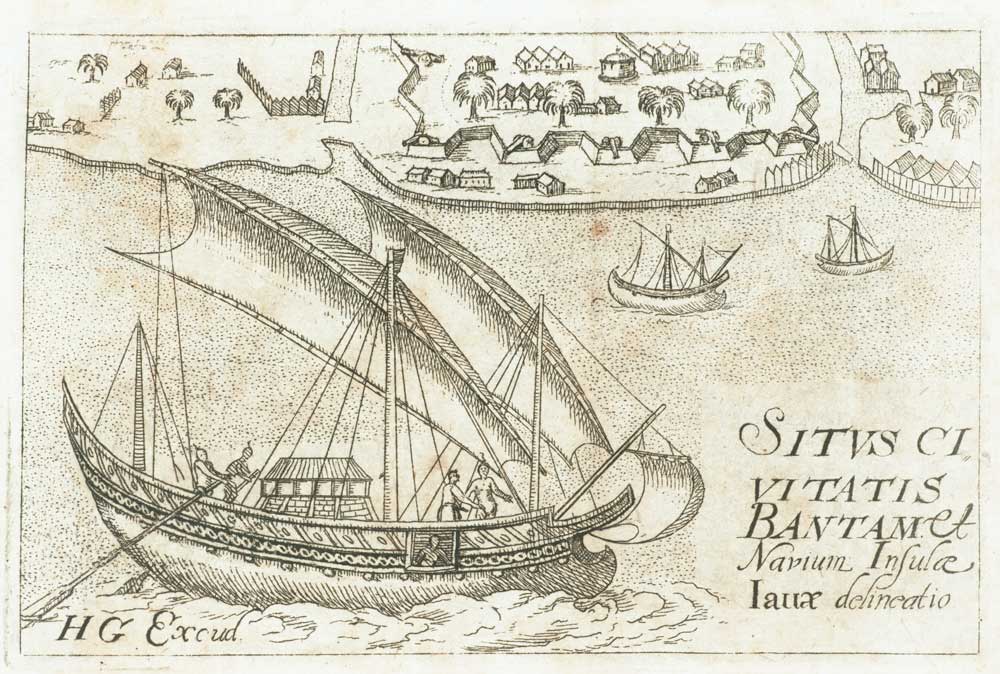|
Turtle Ship
A turtle ship (; ) was a type of warship that was used by the Korean Joseon Navy from the early 15th century up until the 19th century. They were used alongside the panokseon warships in the fight against invading Japanese fleets. The ship's name derives from its covering that was said to resemble a turtle shell. Some historians have described it as a very early type of ironclad though the historical evidence for this is uncertain. History The first references to older, first-generation turtle ships, known as ''gwiseon'' (, ), come from 1413 and 1415 records in the ''Annals of the Joseon Dynasty'', which mention a mock battle between a ''gwiseon'' and a Japanese warship. However, these early turtle ships soon fell out of use as Korea's naval preparedness decreased during a long period of relative peace. Turtle ships participated in the war against Naval history of Japan, Japanese naval forces supporting Toyotomi Hideyoshi's attempts to Japanese invasions of Korea (1592–98), con ... [...More Info...] [...Related Items...] OR: [Wikipedia] [Google] [Baidu] [Amazon] |
French Expedition To Korea
The French Intervention to Korea (, ) was an 1866 punitive expedition undertaken by the Second French Empire against Joseon Korea in retaliation for the execution of seven French Catholic missionaries. The encounter over Ganghwa Island lasted nearly six weeks. The result was an eventual French retreat, and a check on French influence in the region. The encounter also confirmed Korea in its isolationism for another decade, until Japan forced it to open up to trade in 1876 through the Treaty of Ganghwa. In contemporary South Korea it is known as the ''Byeongin yangyo'', or "Western disturbance of the ''byeongin'' year". Background Throughout the history of the Joseon dynasty, Korea maintained a policy of strict isolationism from the outside world (with the exceptions being interaction with the Qing dynasty and occasional trading with Japan through the island of Tsushima). However, it did not entirely succeed in sealing itself off from foreign contact, and Catholic missionarie ... [...More Info...] [...Related Items...] OR: [Wikipedia] [Google] [Baidu] [Amazon] |
Na Dae-yong
Na Dae-yong (; 1556 – January 29, 1612) was a Korean naval officer who fought against the Japanese navy in Imjin War and was also known as a designer of the turtle ship. Biography Na Dae-yong was born in Jeolla-do of Naju, passed the military examination in 1583, worked as a Hullyeonwon Bongsa (), and was promoted to military officer in Jeollajwasuyeong. According to the address to the throne written by Na Dae-yong, he worked in army for 6 years to defend the northern lands and 7 years to defend the south lands, and worked under Yi Sun-sin as Battleship Managing Military Officer (). During the Japanese invasion of Korea, he was assigned as Temporary Commander (''gajang'') of one of five harbors in Jwasuyeong, Balpo. He had done active service as commander of Yugun (), assistance soldiers. He served in the battles at Okpo, Sacheon, Hansan, Myeongnyang, and Noryang. He was shot during the Battle of Sacheon, but soon returned to active service. After the war, Na continu ... [...More Info...] [...Related Items...] OR: [Wikipedia] [Google] [Baidu] [Amazon] |
Mông Đồng
''Mông Đồng'' (Chữ Hán: 艨艟) is a class of near-shore warship and riverine boat that played a dominant role in medieval Vietnamese naval forces for over a thousand years. Gallery File:Mông Đồng.jpg, Mông Đồng illustration File:Boat rowing.jpg, relief carving of a Mong Dong boat- Hương Canh communal house, Vĩnh Phúc. File:MONG DONG THUYEN.jpg, Carving on Chương Cauldron- 19th century Huế. File:Mông Đồng bow.jpg, Close up on the bow of the miniature Mông Đồng at the Hanoi Museum of National History, originally the model was kept at Keo Temple, Thái Bình File:Mông Đồng stern.jpg, Close up on the stern of the miniature Mông Đồng at the Hanoi Museum of National History, originally the model was kept at Keo Temple, Thái Bình File:Samuel Baron - The City of CHA-CHO, the Metropolis of TONQUEEN.jpg, Mông Đồng sailing on Red river in Đông Kinh (Hanoi Hanoi ( ; ; ) is the Capital city, capital and List of cities in Vietnam, second- ... [...More Info...] [...Related Items...] OR: [Wikipedia] [Google] [Baidu] [Amazon] |
Military History Of Korea
Korea's military history spans thousands of years, beginning with the ancient nation of Gojoseon and continuing into the present day with the countries of North Korea and South Korea, and is notable for its many successful triumphs over invaders. Throughout its history, Korea has boasted numerous exceptional leaders who gained outstanding victories against numerically superior enemies. Famed leaders credited with defending Korea against foreign invasions include: Ŭlchi Mundŏk of Goguryeo, who defeated Sui dynasty, Sui China during the Goguryeo–Sui War; Yeon Gaesomun of Goguryeo, who defeated Emperor Taizong of Tang, Emperor Taizong of Tang dynasty, Tang China during the First campaign in the Goguryeo–Tang War, Goguryeo–Tang War; Kang Kam-ch'an of Goryeo, who defeated the Khitan Empire during the Third conflict in the Goryeo–Khitan War, Goryeo-Khitan War; Ch'oe Yŏng and Yi Sŏnggye of Goryeo, who defeated the Red Turban Rebellion, Red Turbans during the Red Turban invas ... [...More Info...] [...Related Items...] OR: [Wikipedia] [Google] [Baidu] [Amazon] |
Hwacha
The ''hwacha'' or ''hwach'a'' () was a multiple rocket launcher and an organ gun of similar design which were developed in fifteenth century Korea. It resembled a wooden cart with a launch pad attached, and it had up to 200 tiny Sin'gijŏn, singijeon arrows propelled by rockets. The former variant fired one or two hundred rocket-powered arrows, while the latter fired several dozen iron-headed arrows or bolts out of gun barrels. The term was used to refer to other war wagons or other cart-based artillery in later periods, such as that developed by Byeon Yijung in the 1590s. These weapons were notably deployed in the defense of the Korean Peninsula against the Japanese when they Japanese invasions of Korea (1592–98), invaded in the 1590s. Some List of historians by area of study#History of Korea, East Asian historians believe this technological breakthrough, alongside the turtle ship in the mid-16th century, had a distinctive effect during the war. Hwachas appear in Korean museu ... [...More Info...] [...Related Items...] OR: [Wikipedia] [Google] [Baidu] [Amazon] |
Djong (ship)
The djong, jong, or jung is a type of sailing ship originating from Java that was widely used by Javanese, Sundanese sailors. The word was and is spelled ''jong'' in its languages of origin, the "djong" spelling was a colonial Dutch romanization. In English, the jong lends its name to other ships of similar configuration, called junks, and to their characteristic style of rigging, the junk rig. Jongs are used mainly as seagoing passenger and cargo vessels. They traveled as far as the Atlantic Ocean in the medieval era.Carta IX, 1 April 1512. In Pato, Raymundo Antonio de Bulhão; Mendonça, Henrique Lopes de (1884). Cartas de Affonso de Albuquerque, Seguidas de Documentos que as Elucidam tomo I' (pp. 29–65). Lisboa: Typographia da Academia Real das Sciencas. Their tonnage ranged from 40 to 2000 deadweight tons, with an average deadweight of 1200–1400 tons during the Majapahit era. Javanese kingdoms such as Majapahit, Demak Sultanate, and Kalinyamat Sultanate used these v ... [...More Info...] [...Related Items...] OR: [Wikipedia] [Google] [Baidu] [Amazon] |
North Korea
North Korea, officially the Democratic People's Republic of Korea (DPRK), is a country in East Asia. It constitutes the northern half of the Korea, Korean Peninsula and borders China and Russia to the north at the Yalu River, Yalu (Amnok) and Tumen River, Tumen rivers, and South Korea to the south at the Korean Demilitarized Zone, Korean Demilitarized Zone (DMZ). The country's western border is formed by the Yellow Sea, while its eastern border is defined by the Sea of Japan. North Korea, like South Korea, claims to be the sole legitimate government of the entire peninsula and List of islands of North Korea, adjacent islands. Pyongyang is the capital and largest city. The Korean Peninsula was first inhabited as early as the Lower Paleolithic period. Its Gojoseon, first kingdom was noted in Chinese records in the early 7th century BCE. Following the unification of the Three Kingdoms of Korea into Unified Silla, Silla and Balhae in the late 7th century, Korea was ruled by the G ... [...More Info...] [...Related Items...] OR: [Wikipedia] [Google] [Baidu] [Amazon] |
Yeosu
Yeosu, formerly romanized as Yosu, is a coastal city located on the southern shore of South Korea. With a population of 268,823, Yeosu is the second largest city in South Jeolla Province. In 1998, the Old Yeosu City, Yeocheon City and Yeocheon County were merged and the current city, Yeosu, was formed. Etymology The place name "Yeosu" first appears in the ''Samguk sagi, Samguk Sagi Jiriji'' with the record: "Haeeup-hyeon (海邑縣) was originally Baekje's Wonzon-hyeon (猿村縣), but Gyeongdeok of Silla, King Gyeongdeok changed its name. It is now Yeosu-hyeon (麗水縣) in Goryeo." In both ''Dongramdo(part of'' Donggukyeojiseungram)and Dongyeobigo' (Jeollado's part), the name "Suyoung" (水營) is noted on the southern peninsula south of Suncheon and Gwangyang. This is believed to be because Jeollado's Jwasuyoung (Joseon Dynasty's Naval Headquarters for eastern sector of Jeolla Province) was established in this region starting in 1479 (the 10th year of King Seongjong's reign ... [...More Info...] [...Related Items...] OR: [Wikipedia] [Google] [Baidu] [Amazon] |
Immortal Admiral Yi Sun-sin
''Immortal Admiral Yi Sun-sin'' (; lit. "The Immortal Yi Sun-sin") is a South Korean television series based on the life of Yi Sun-sin, a Korean admiral famed for his victories against the Japanese navy during the Imjin war in the Joseon period. The series, starring Kim Myung-min in the title role, aired on KBS1 on Saturdays and Sundays at 21:45 from September 4, 2004 to August 28, 2005 for 104 episodes. The series filmed on location at the actual battle sites. It made extensive use of rendered images and a reconstruction of a turtle ship. Due to the preparation needed, the show took many months to produce. Plot It is late 1598, shortly before the Battle of Noryang, the final confrontation of the Imjin War. The remnants of the Japanese invasion force are desperate to go home, but are also driven by personal motivation to beat their greatest adversary, Admiral Yi Sun-sin, once and for all. Self-serving Ming generals and Joseon officials also fear Yi's growing popularity an ... [...More Info...] [...Related Items...] OR: [Wikipedia] [Google] [Baidu] [Amazon] |





